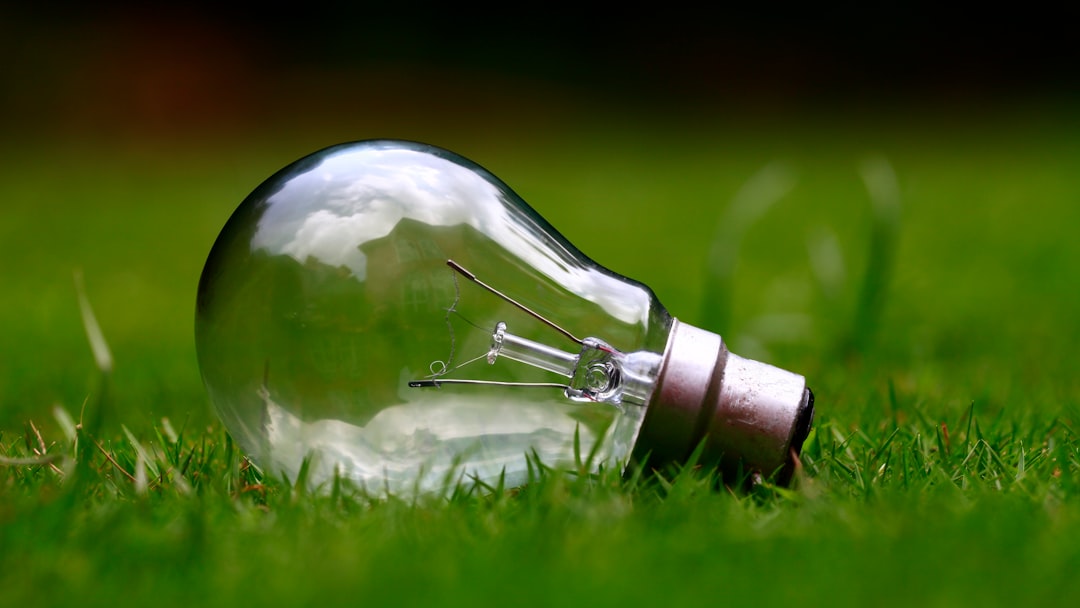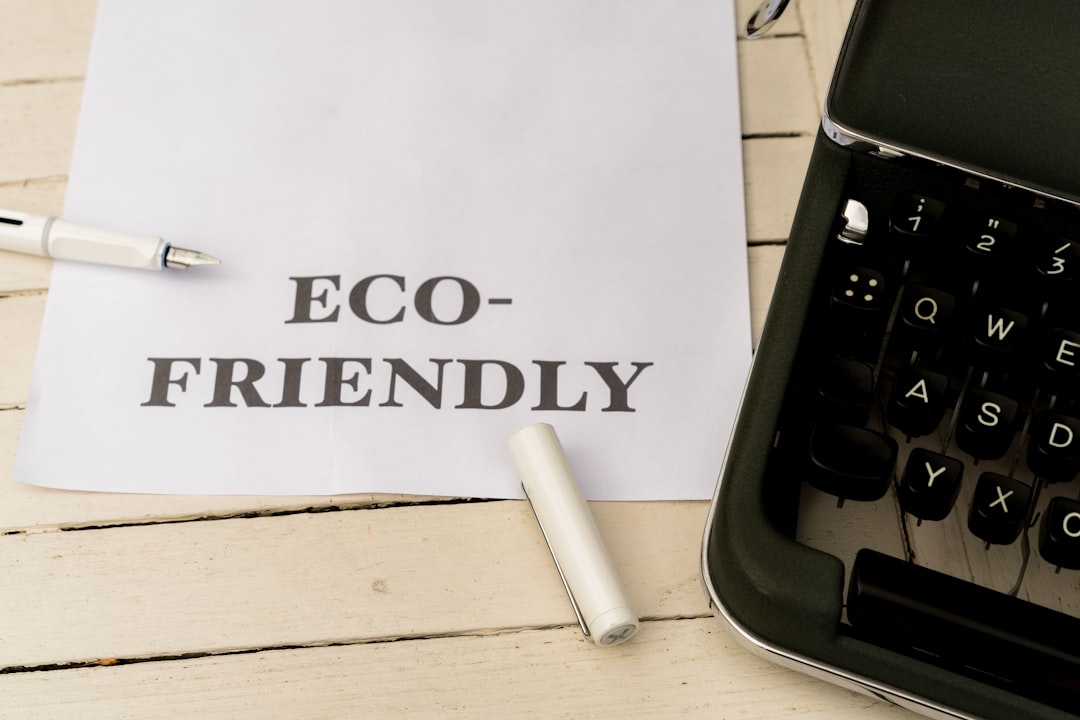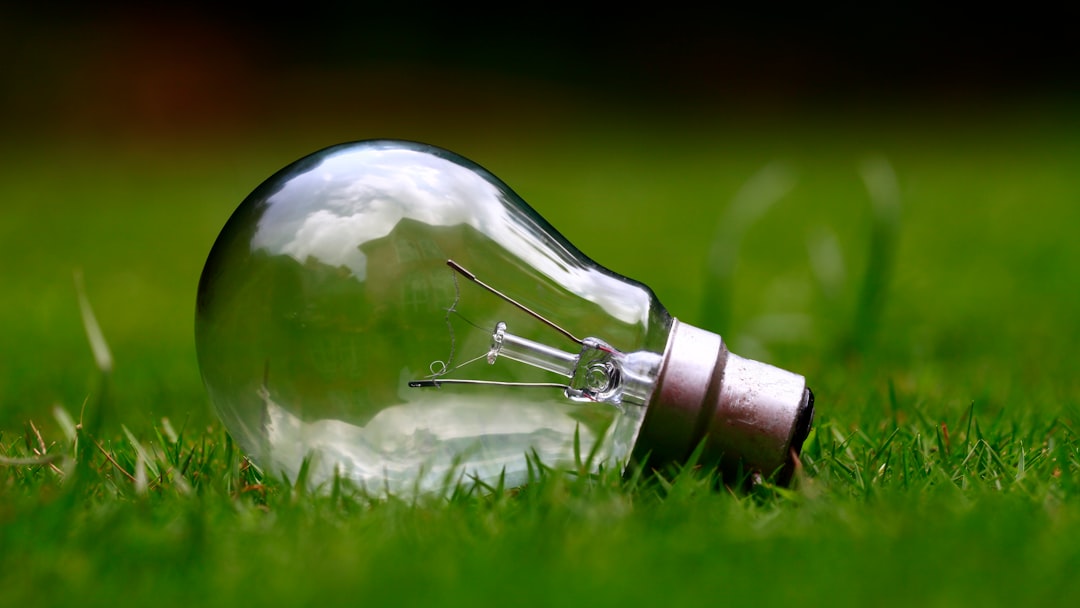Energy Conservation at Home: Simple Steps for a Sustainable Lifestyle | Tamara Sustainable Living

Energy Conservation at Home: Simple Steps for a Sustainable Lifestyle
Welcome to Tamara Sustainable Living! Today, we’re diving into a crucial aspect of sustainable living: energy conservation. Reducing our energy consumption is not only good for the planet, but it also helps us save money and create a more comfortable, eco-conscious home. Let’s explore some simple yet effective ways to conserve energy.
Why Conserve Energy?
Conserving energy is vital for several reasons:
- Environmental Impact: Burning fossil fuels to generate electricity contributes to greenhouse gas emissions and climate change. Reducing our energy demand helps lessen this impact.
- Cost Savings: Lower energy consumption translates directly into lower utility bills. Who doesn’t want to save money?
- Resource Preservation: Energy conservation helps preserve natural resources, ensuring they are available for future generations.
- Increased Energy Independence: By relying less on external energy sources, we become more resilient and self-sufficient.
Simple Energy Conservation Tips for Every Home
Here are some actionable steps you can take to conserve energy in your home:
1.
 Image related to Cozy living room with sunlight streaming through the window, showcasing energy-efficient curtains and plants.
Image related to Cozy living room with sunlight streaming through the window, showcasing energy-efficient curtains and plants.
Lighting
Lighting accounts for a significant portion of household energy use. Small changes can make a big difference:
- Switch to LED Bulbs: Replace incandescent and fluorescent bulbs with LEDs. LEDs use up to 75% less energy and last much longer.
- Use Natural Light: Maximize natural light by opening curtains and blinds during the day. Position furniture to take advantage of sunlight.
- Turn Off Lights: Get into the habit of turning off lights when you leave a room. Encourage others in your household to do the same.
- Use Task Lighting: Instead of illuminating an entire room, use lamps or focused lighting for specific tasks.
2.
 Image related to Close-up of an Energy Star certified appliance with the Energy Star logo clearly visible.
Image related to Close-up of an Energy Star certified appliance with the Energy Star logo clearly visible.
Heating and Cooling
Heating and cooling systems are major energy consumers. Optimizing their efficiency can lead to significant savings:
- Adjust Your Thermostat: Set your thermostat a few degrees lower in winter and higher in summer. Even a small adjustment can save a substantial amount of energy.
- Use Programmable Thermostats: Invest in a programmable thermostat to automatically adjust the temperature based on your schedule.
- Seal Drafts: Seal windows and doors to prevent air leaks. Use weather stripping and caulk to close gaps.
- Insulate Your Home: Proper insulation in walls, attics, and basements can significantly reduce heat loss and gain.
- Regular Maintenance: Ensure your heating and cooling systems are regularly serviced to maintain optimal performance.
Image Prompt: A cozy living room with sunlight streaming through the window, showcasing energy-efficient curtains and plants.
3.
 Image related to Person riding a bicycle through a park with trees in the background, promoting eco-friendly transportation.
Image related to Person riding a bicycle through a park with trees in the background, promoting eco-friendly transportation.
Appliances
Appliances are another major energy draw. Choose energy-efficient models and use them wisely:
- Energy Star Appliances: When purchasing new appliances, look for the Energy Star label. These appliances meet strict energy efficiency standards.
- Unplug Electronics: Many electronics continue to draw power even when turned off (phantom load). Unplug devices when not in use or use power strips to easily switch them off.
- Wash Clothes in Cold Water: Washing clothes in cold water saves energy by reducing the need to heat the water.
- Air Dry Clothes: Air drying clothes instead of using a dryer can save a significant amount of energy.
- Use a Microwave or Toaster Oven: For small meals, use a microwave or toaster oven instead of a conventional oven. They use less energy.
4. Water Heating
Water heating is a significant energy expense. Here’s how to reduce it:
- Lower Water Heater Temperature: Set your water heater to 120°F (49°C). This is usually sufficient for most households.
- Insulate Your Water Heater: Insulate your water heater to reduce heat loss.
- Fix Leaks: Repair leaky faucets and pipes promptly to avoid wasting water and energy.
- Install Low-Flow Showerheads and Faucets: Low-flow fixtures reduce water consumption without sacrificing performance.
- Take Shorter Showers: Be mindful of shower length and try to take shorter showers.
Image Prompt: A close-up of an Energy Star certified appliance with the Energy Star logo clearly visible.
5. Home Office
If you work from home, these tips will help reduce your energy consumption:
- Use a Laptop Instead of a Desktop: Laptops generally use less energy than desktop computers.
- Adjust Monitor Brightness: Lower the brightness of your monitor to save energy.
- Power Down Equipment: Turn off computers, monitors, and printers when not in use.
- Use a Smart Power Strip: A smart power strip can automatically turn off devices when they’re not in use.
Other Important Energy-Saving Practices
6. Transportation
- Carpool, Bike, or Walk: Opt for carpooling, biking, or walking instead of driving alone whenever possible.
- Maintain Your Vehicle: Keep your vehicle properly maintained to improve fuel efficiency.
- Combine Errands: Plan your errands to minimize driving distance.
7. Smart Home Technology
- Smart Thermostats: Utilize smart thermostats to optimize heating and cooling schedules automatically.
- Smart Lighting: Install smart lighting systems to control lights remotely and set schedules.
Image Prompt: A person riding a bicycle through a park with trees in the background, promoting eco-friendly transportation.
Conclusion
Conserving energy is a simple yet powerful way to contribute to a more sustainable future. By implementing these practical tips, you can reduce your carbon footprint, save money, and create a more eco-conscious home. Every little bit helps! Start small, be consistent, and encourage others to join you on this journey.
What are your favorite energy-saving tips? Share them in the comments below!



